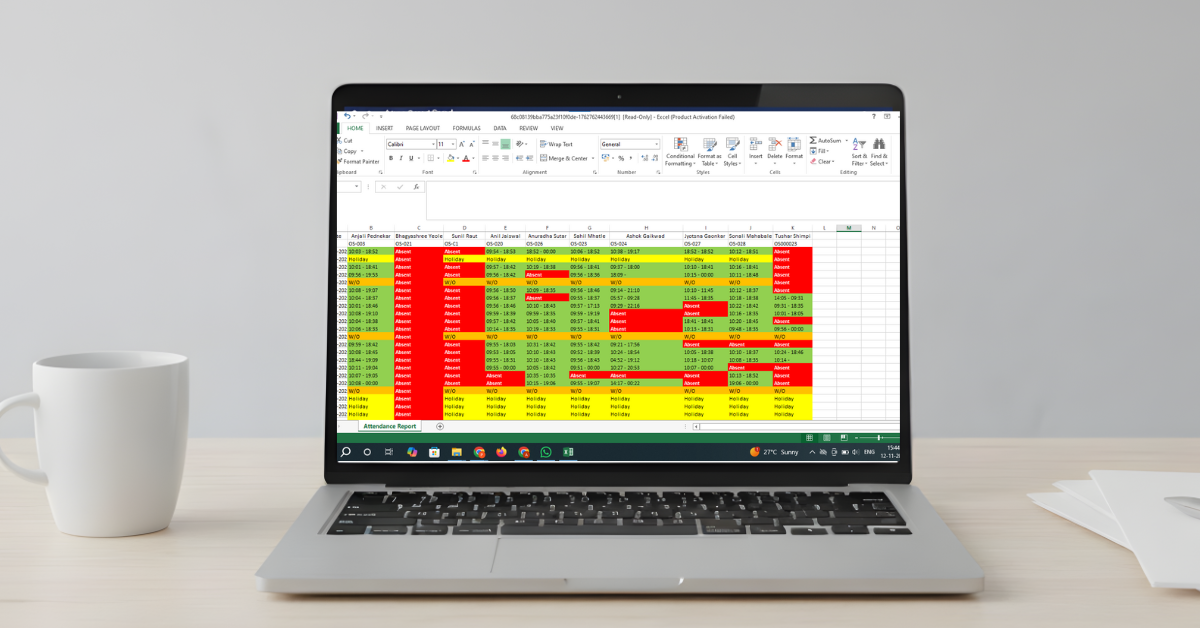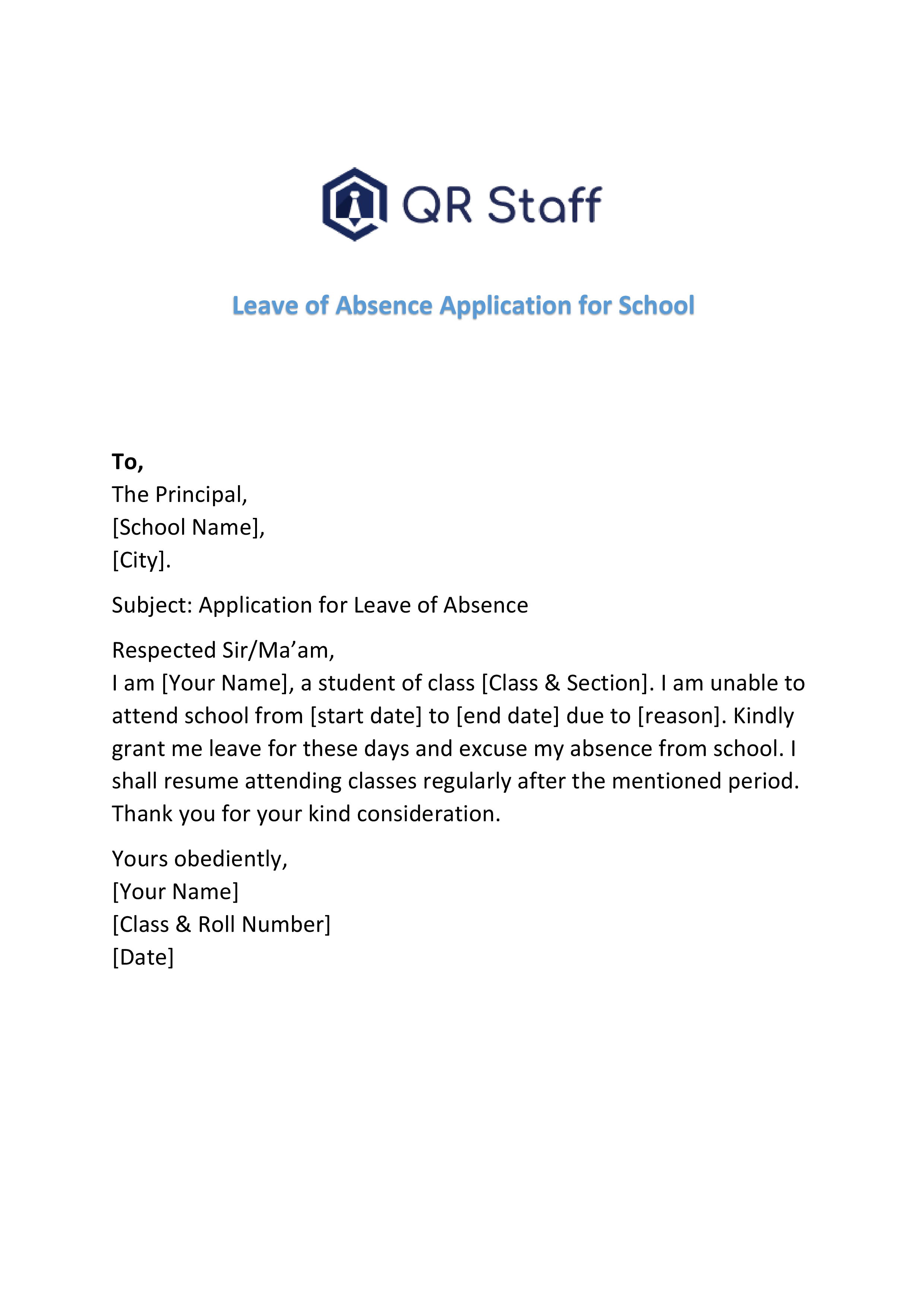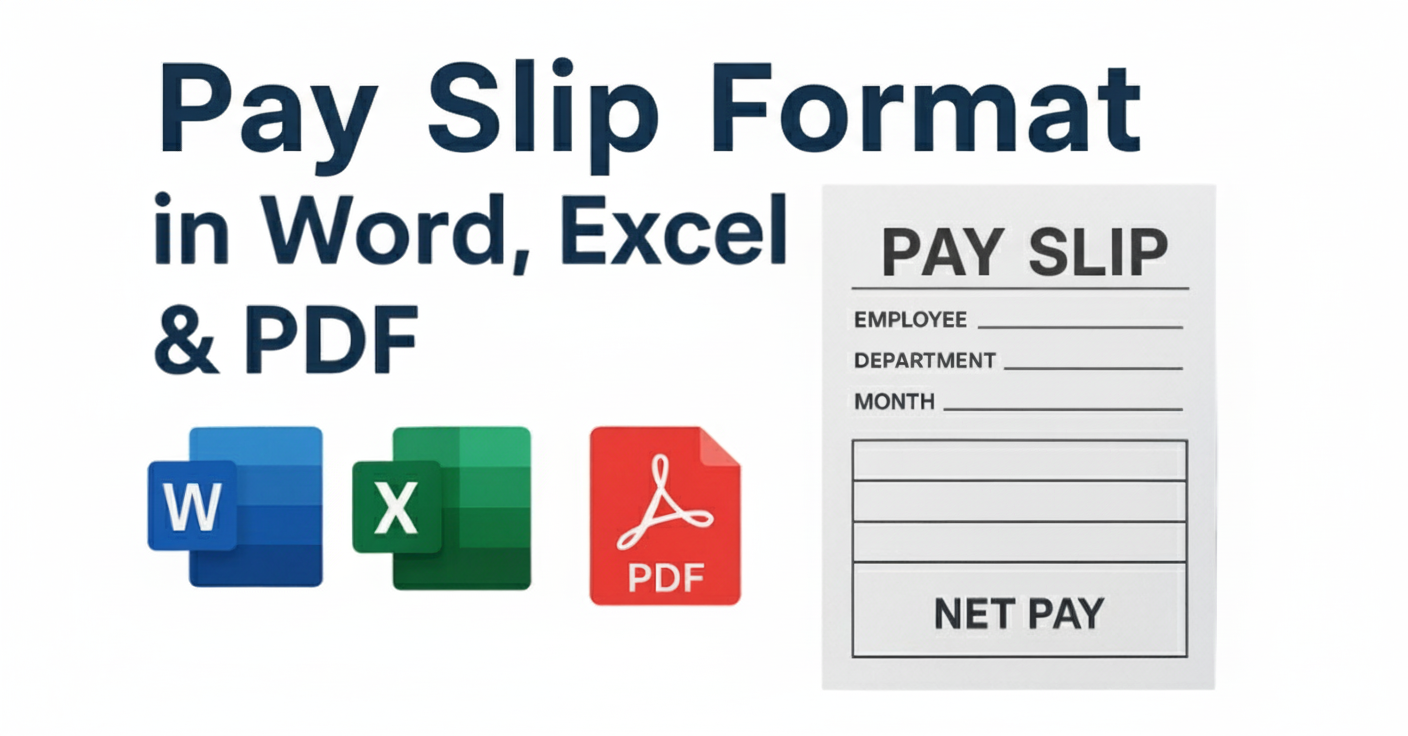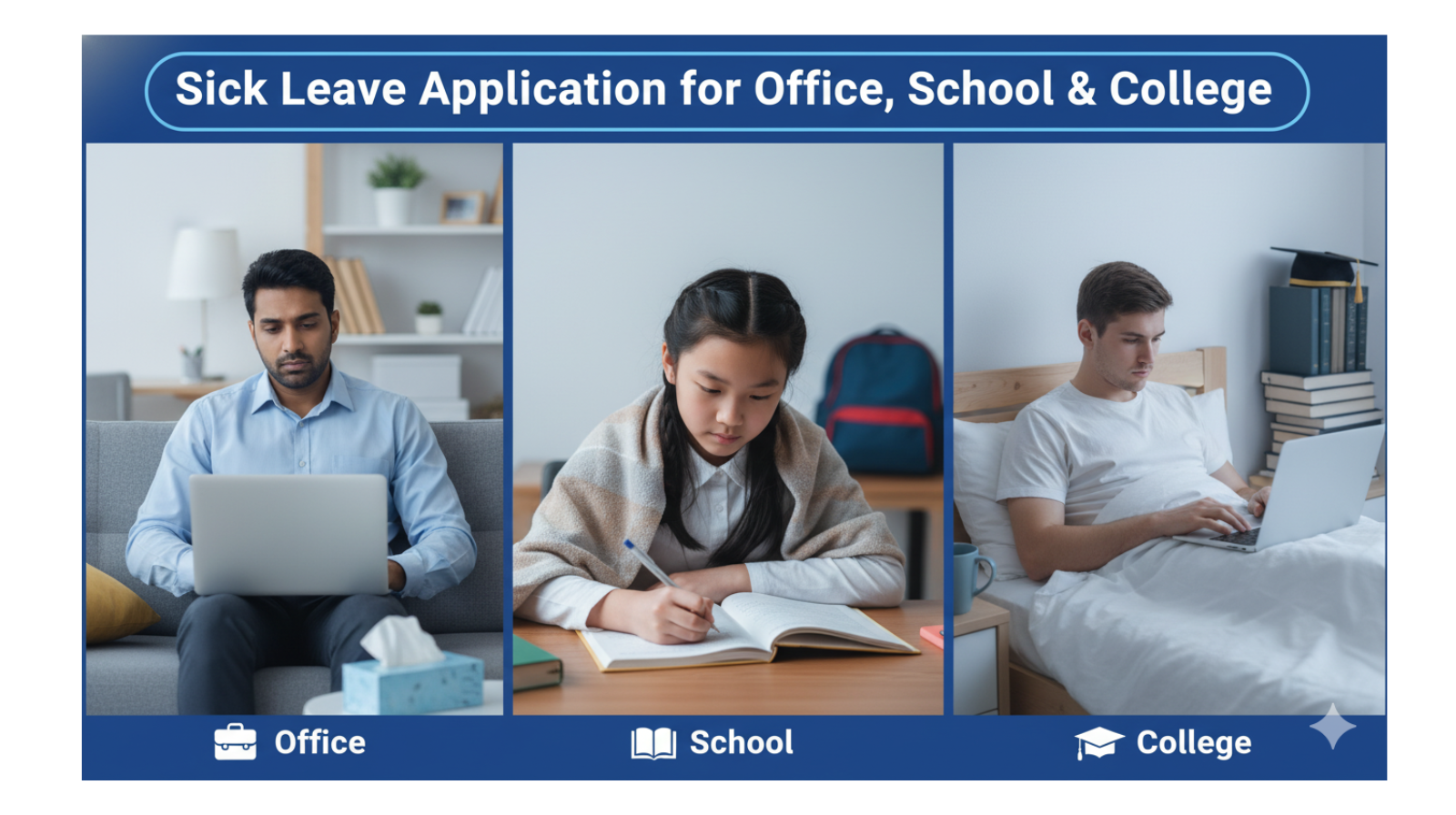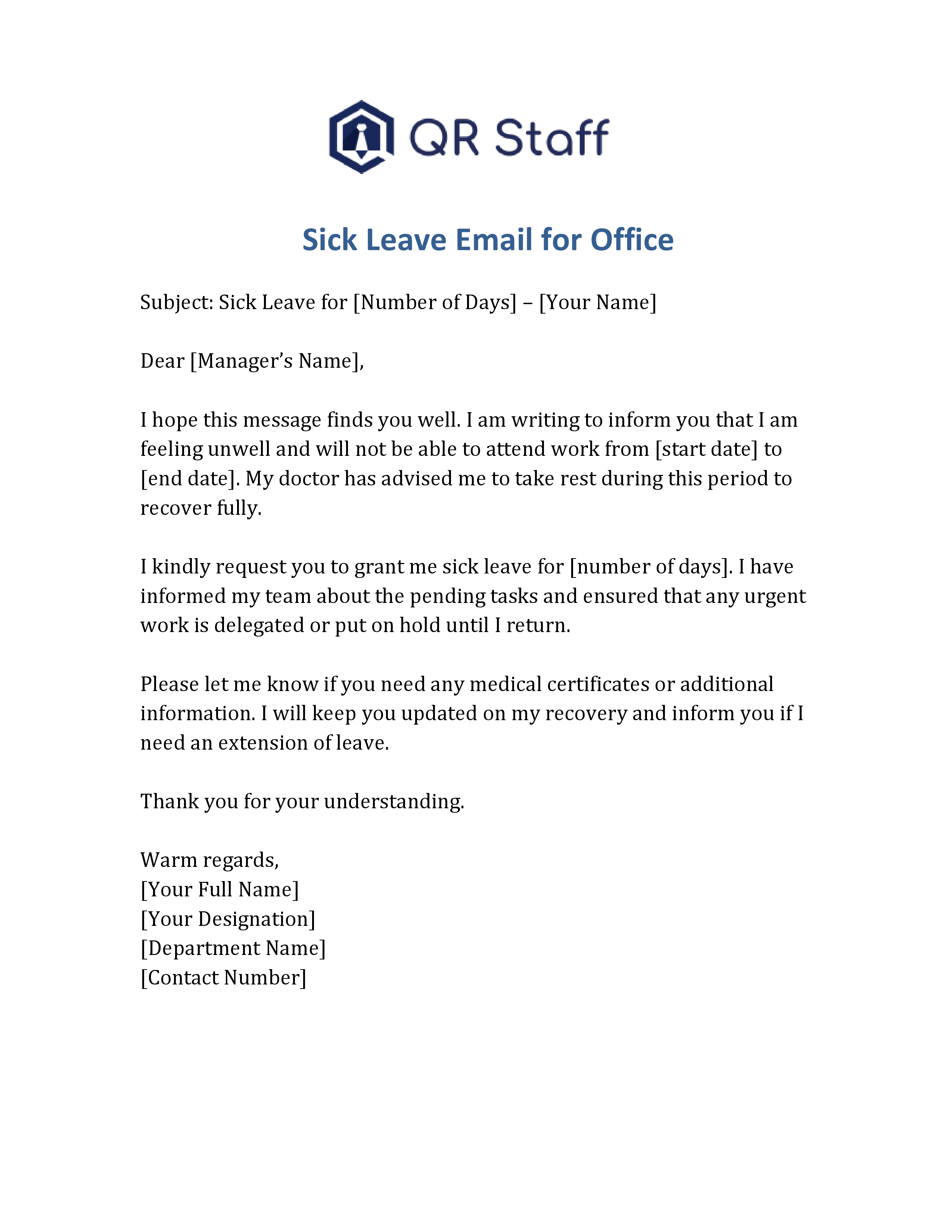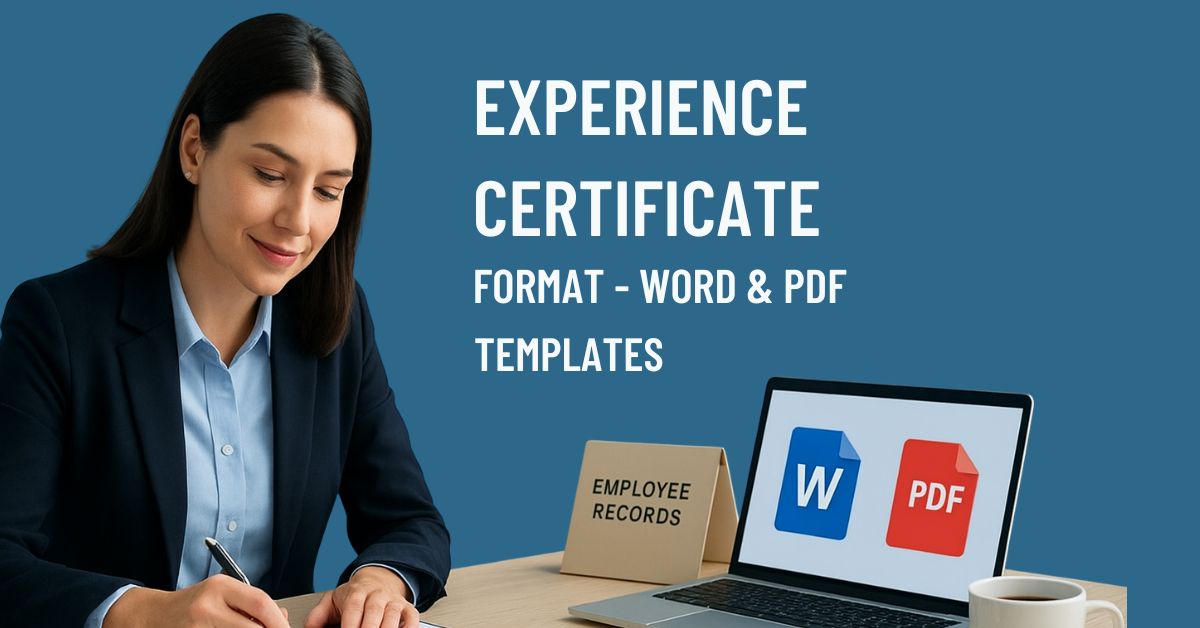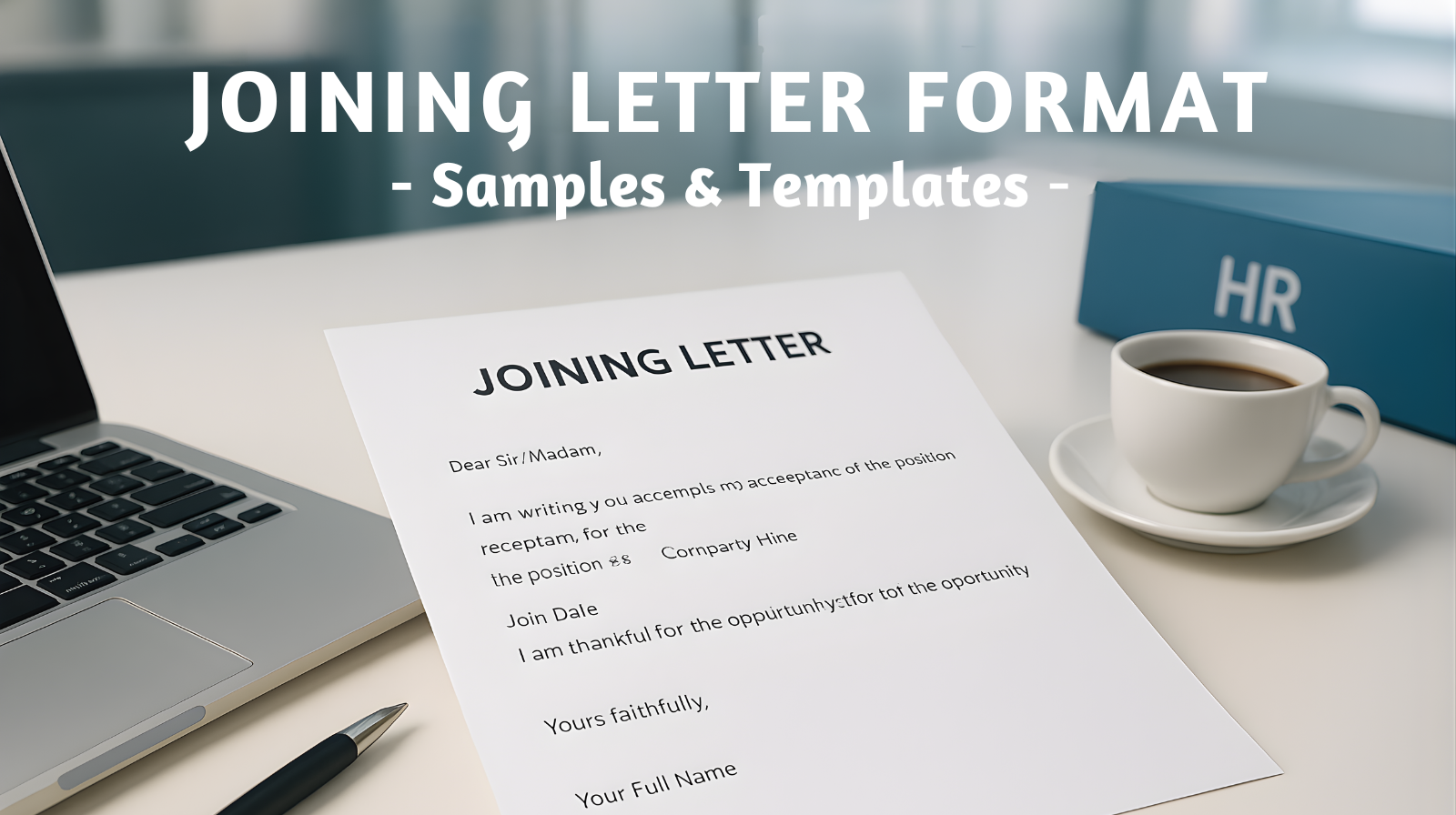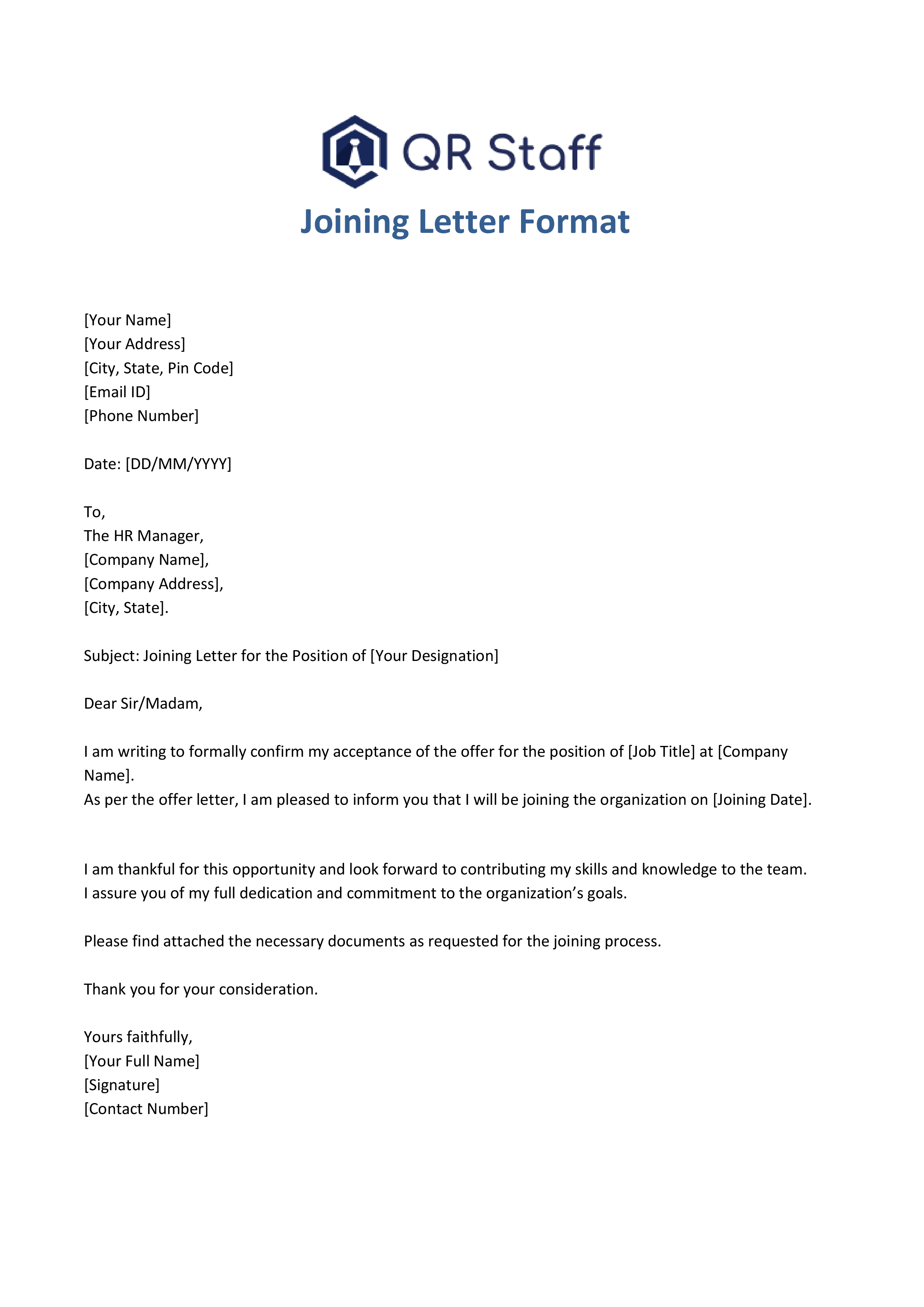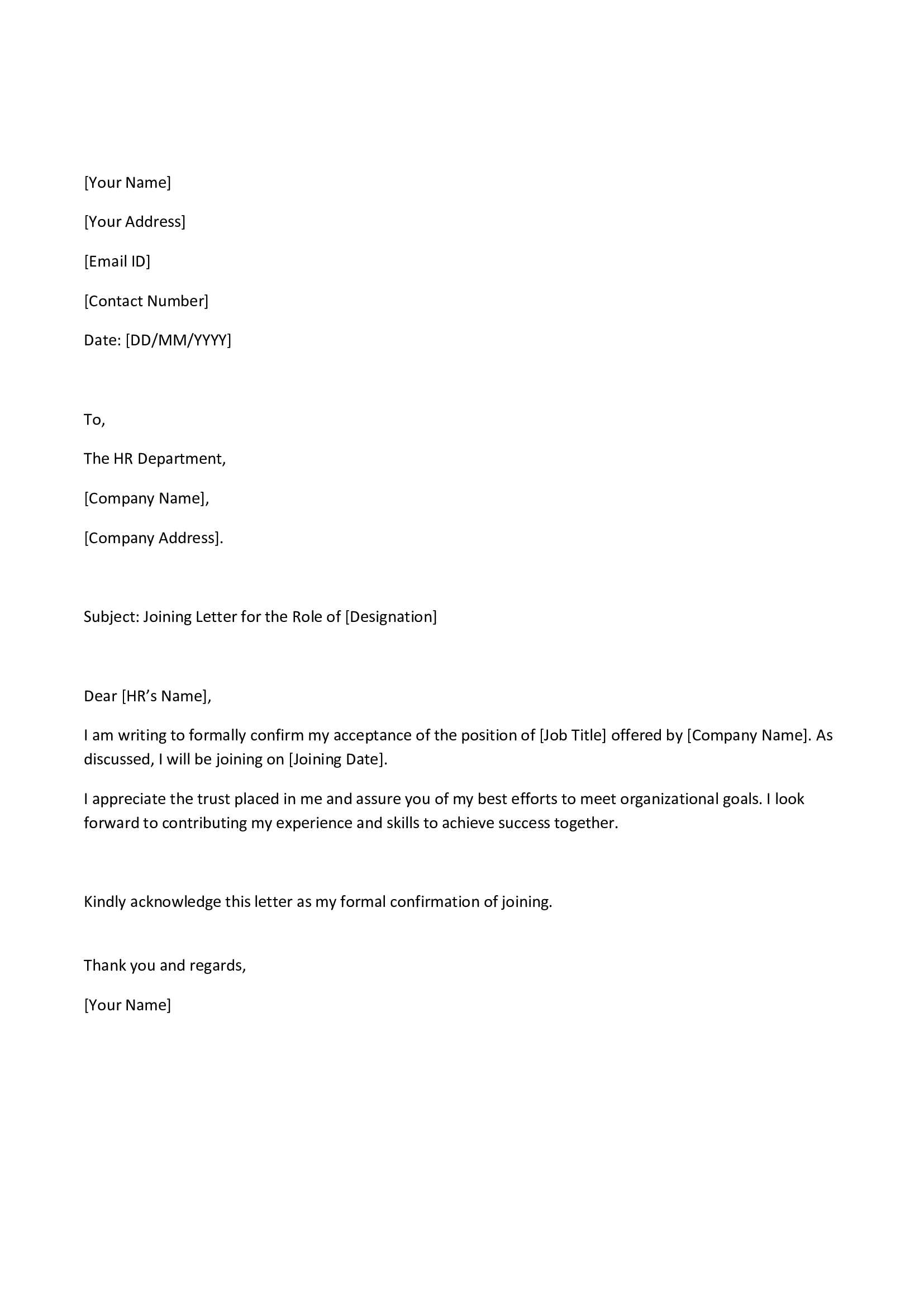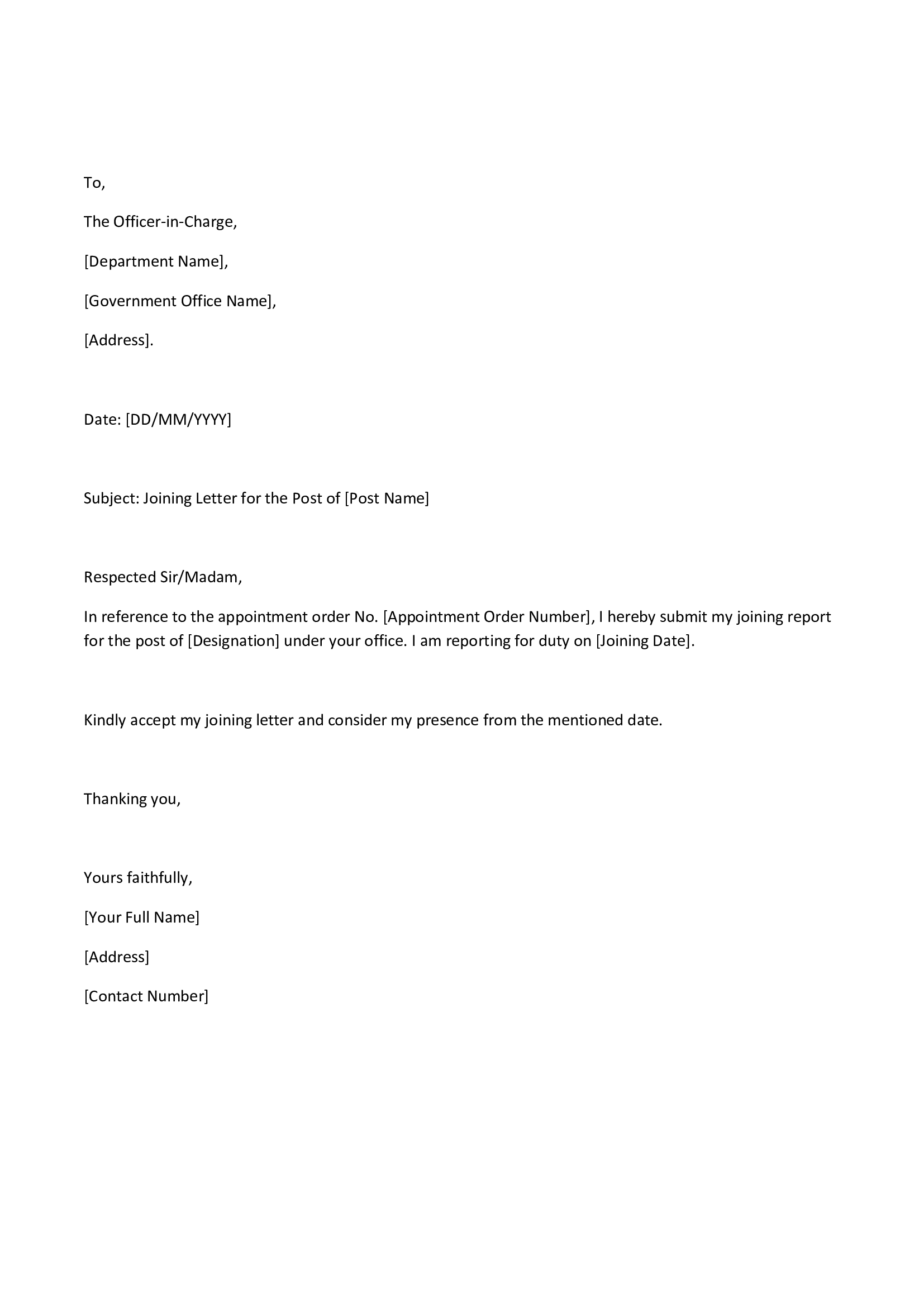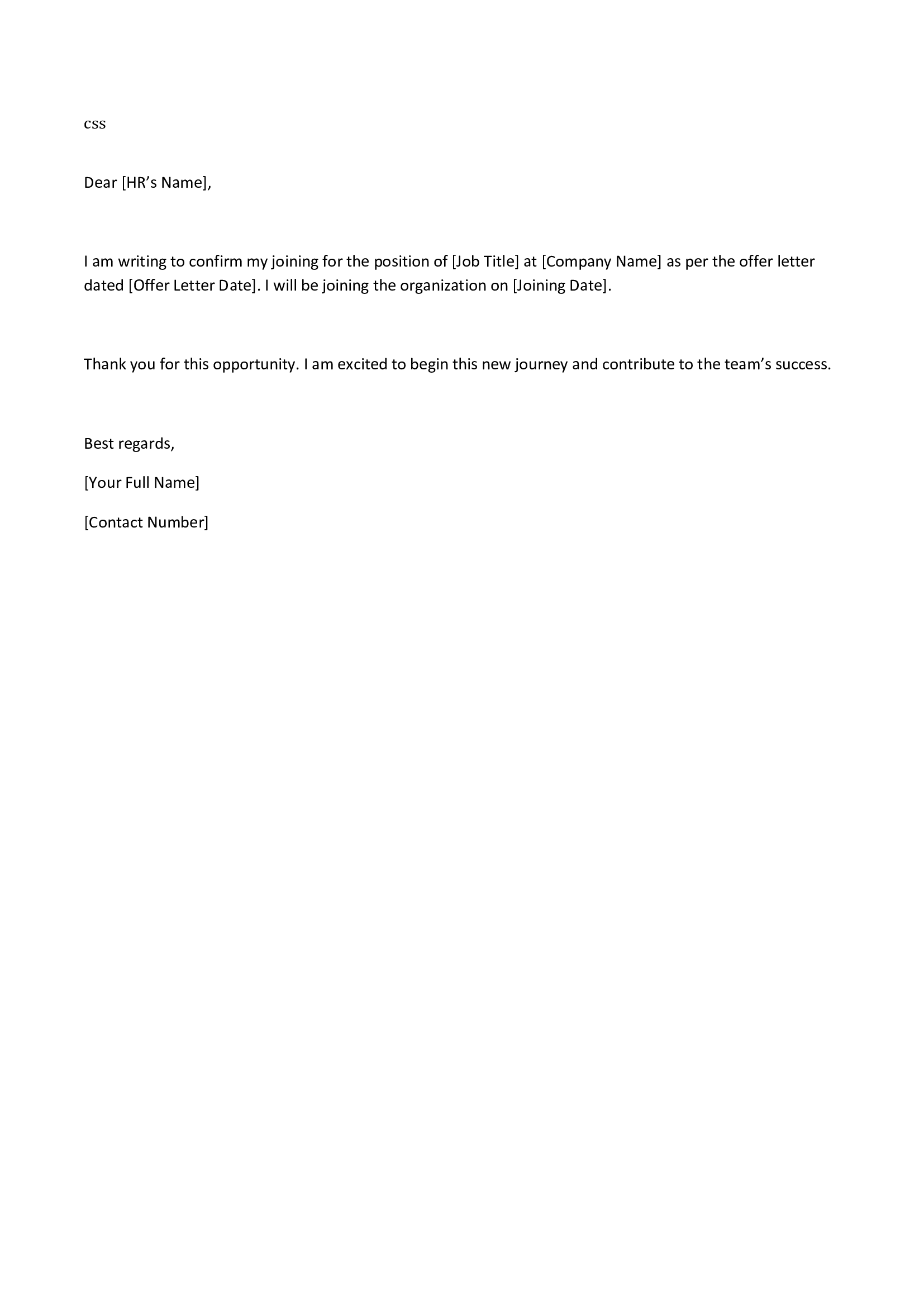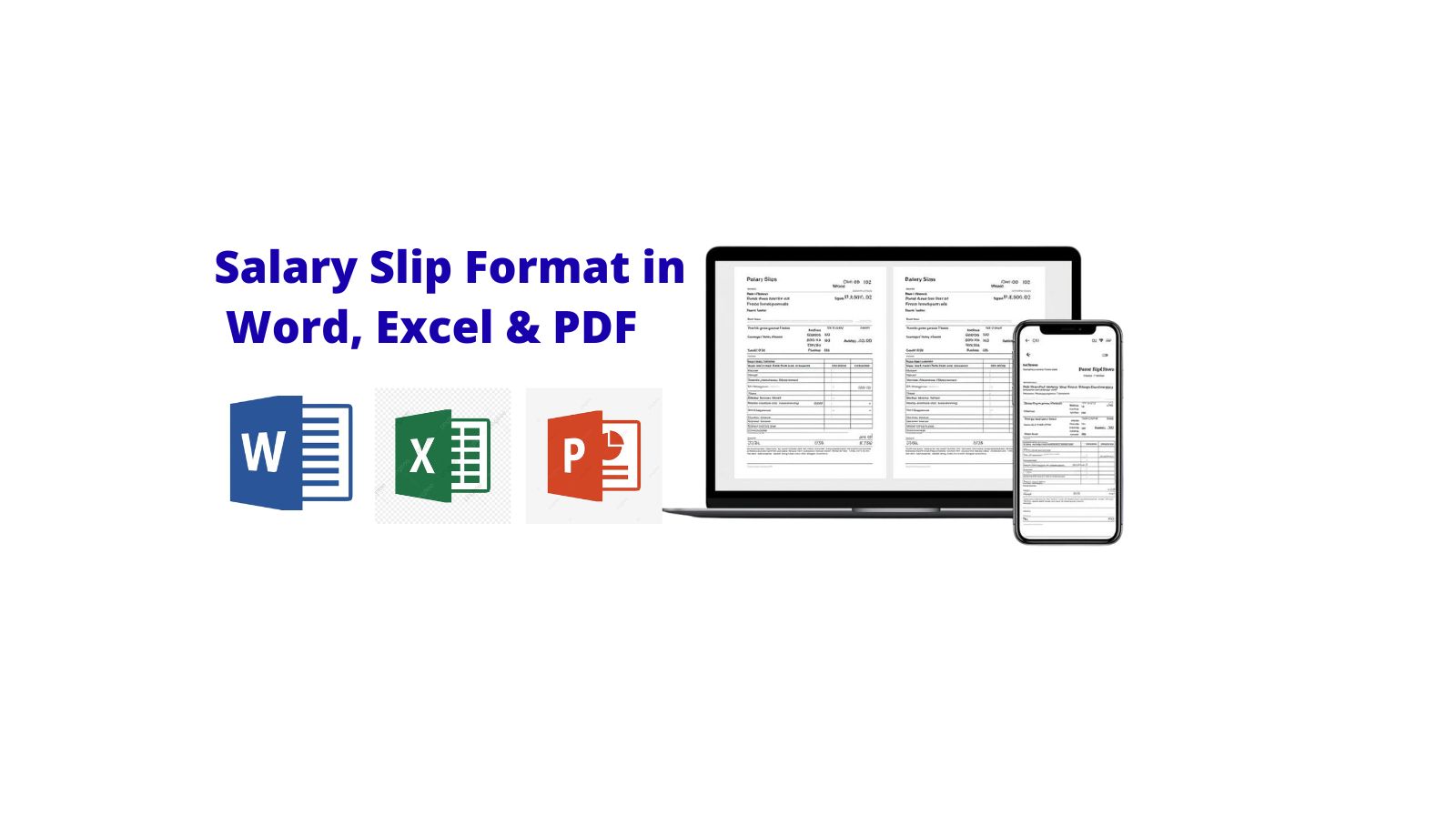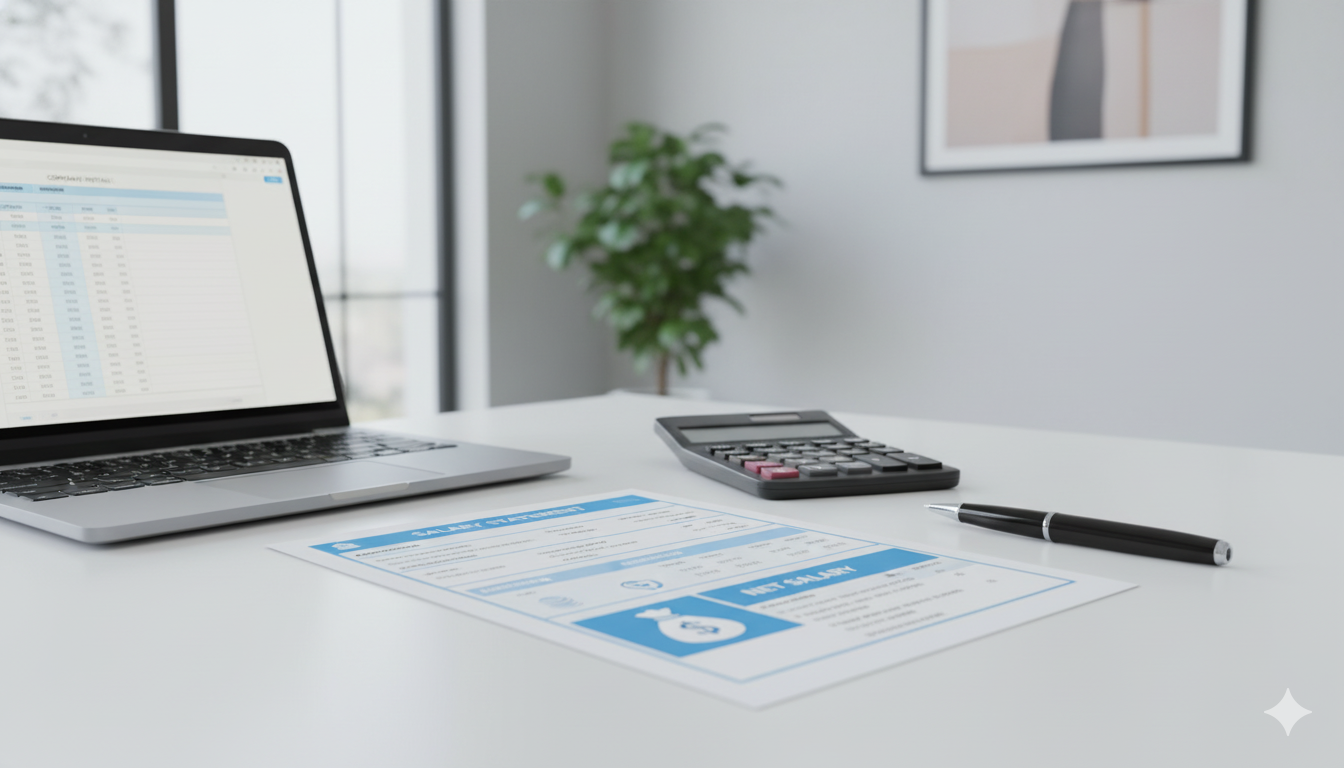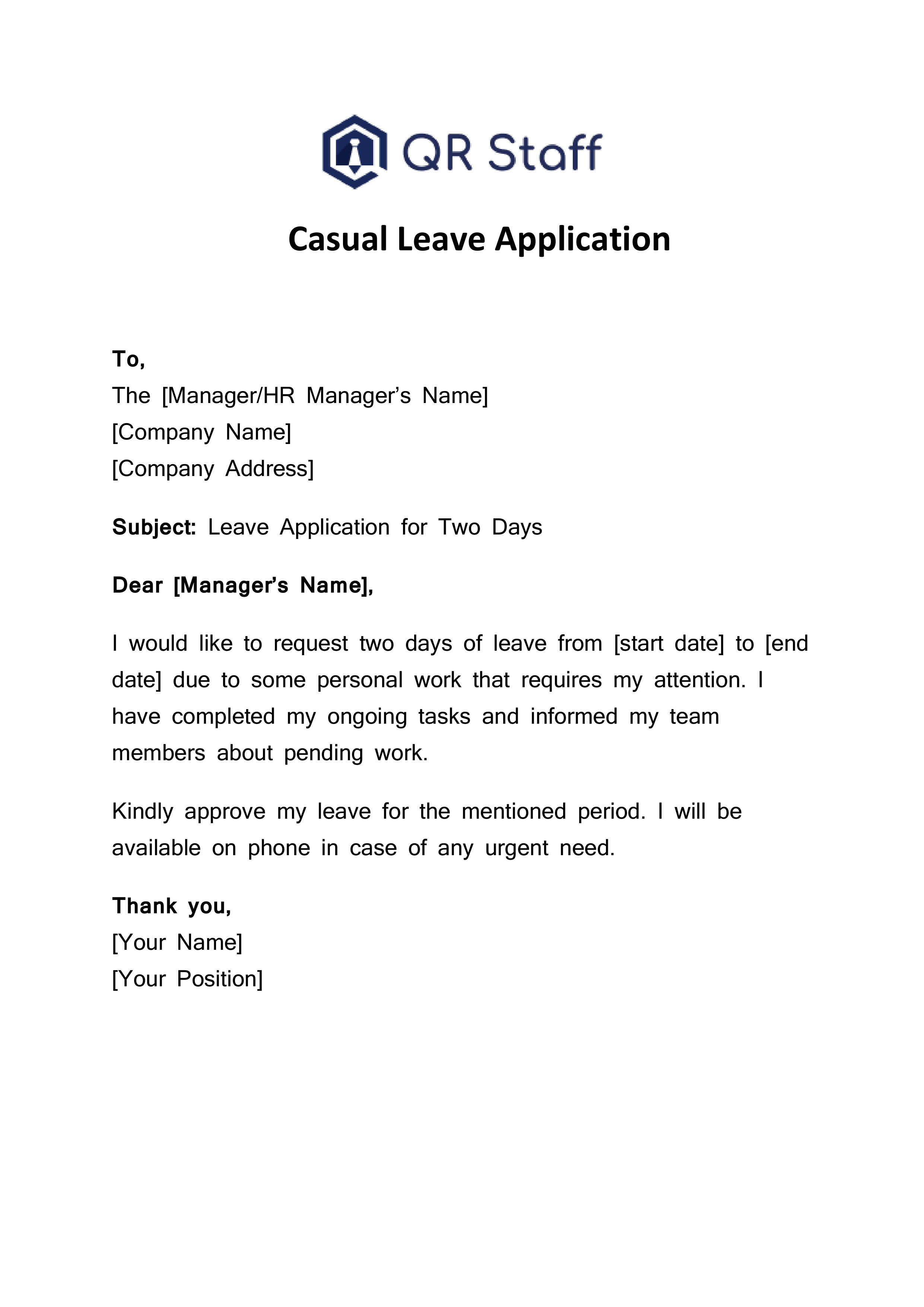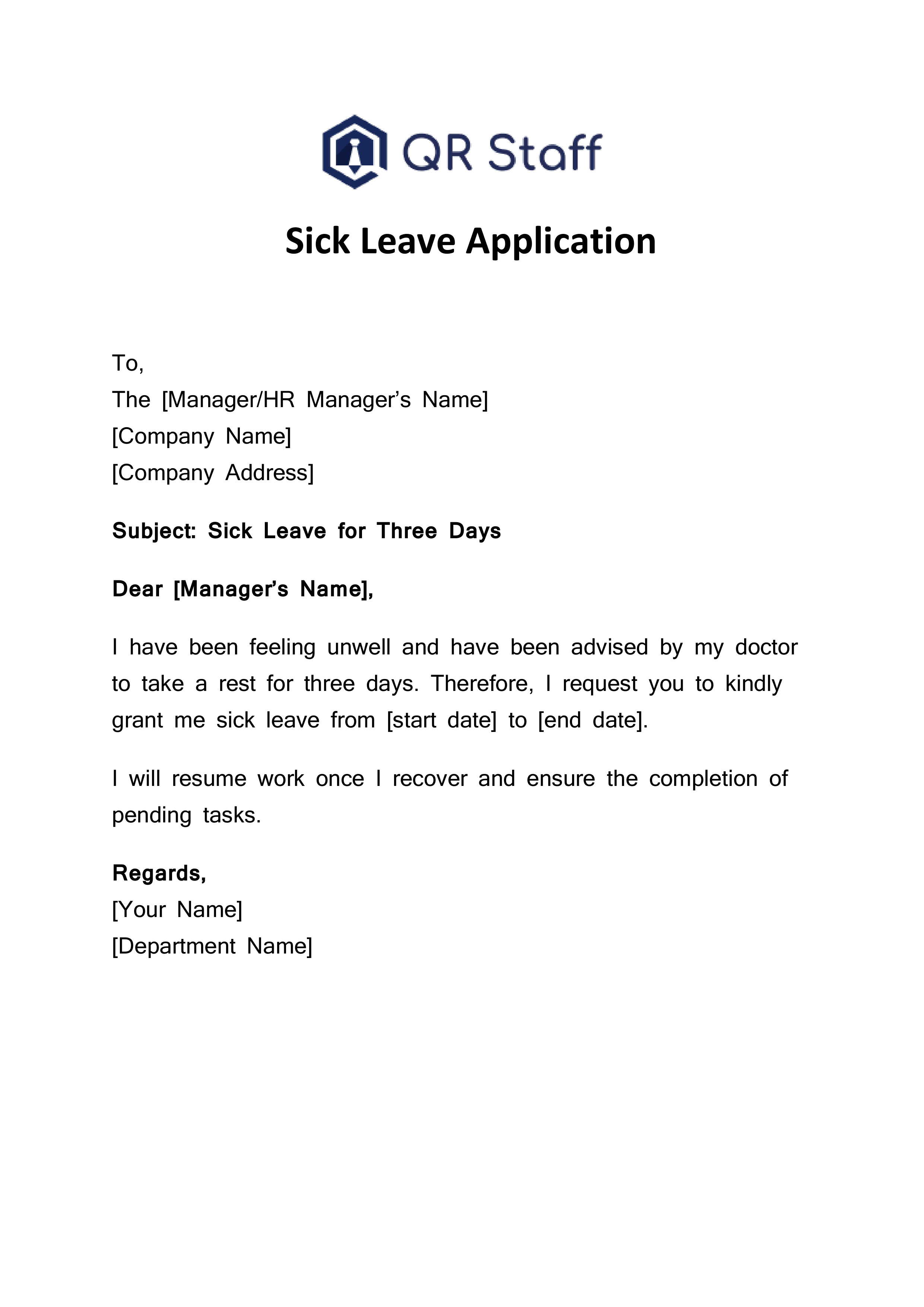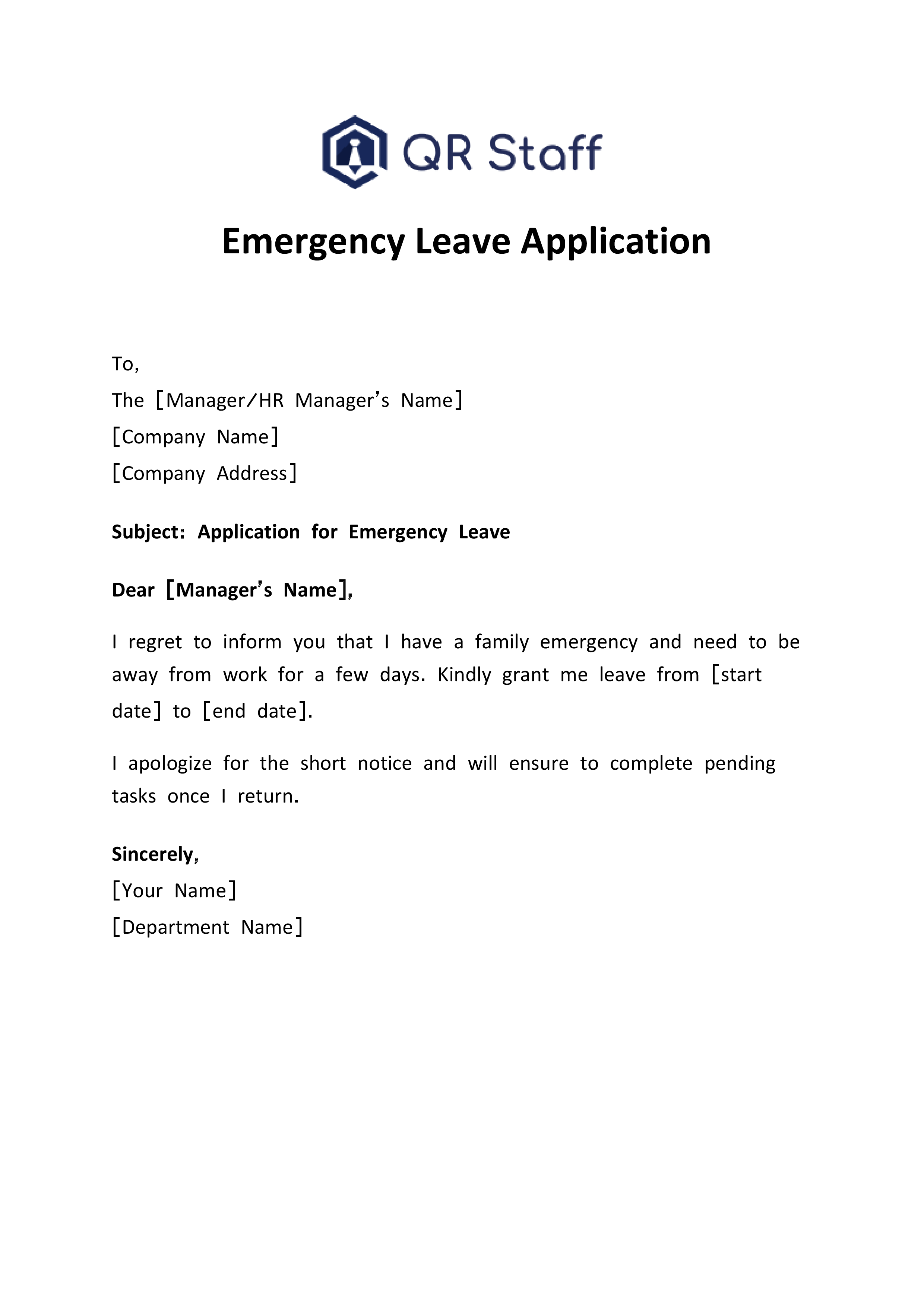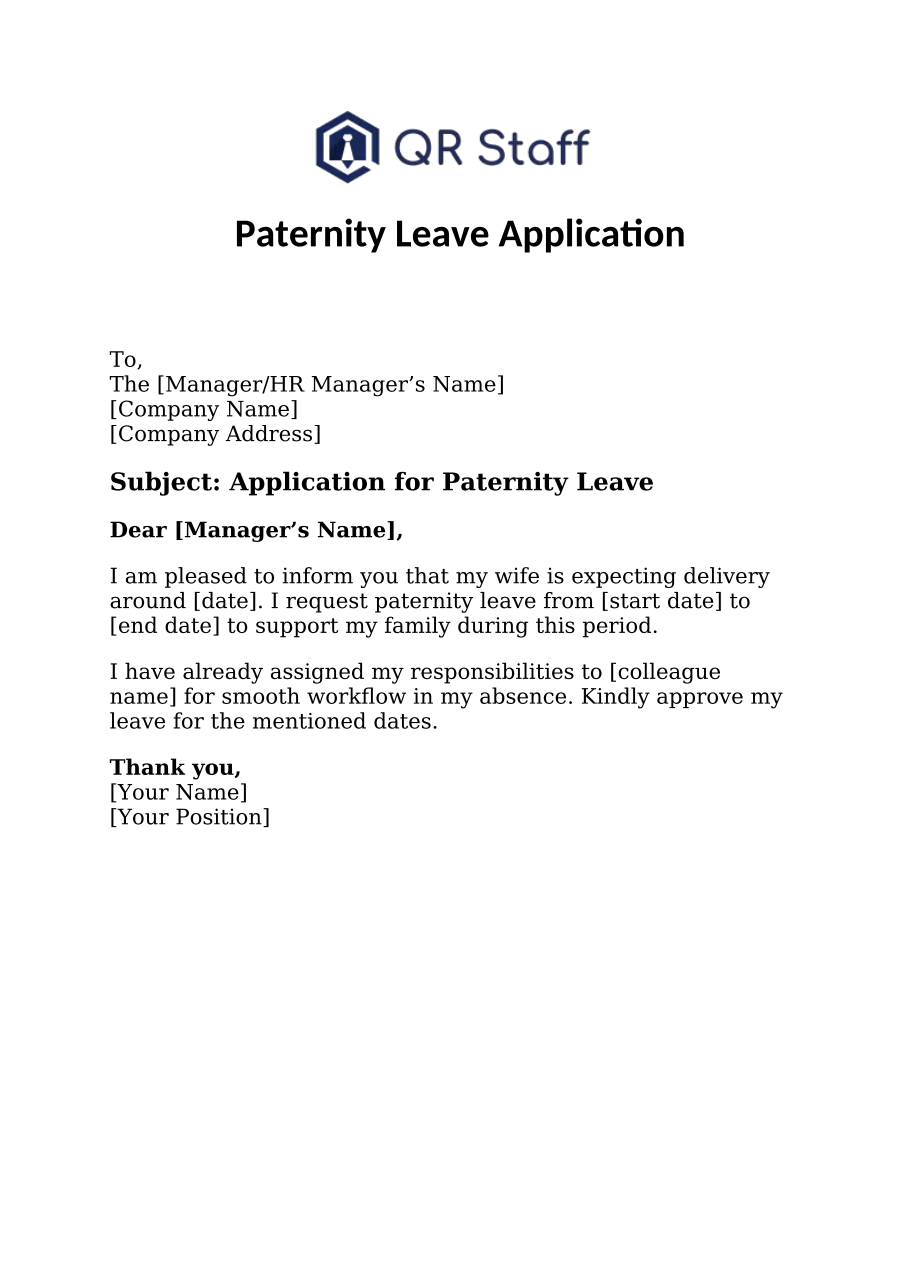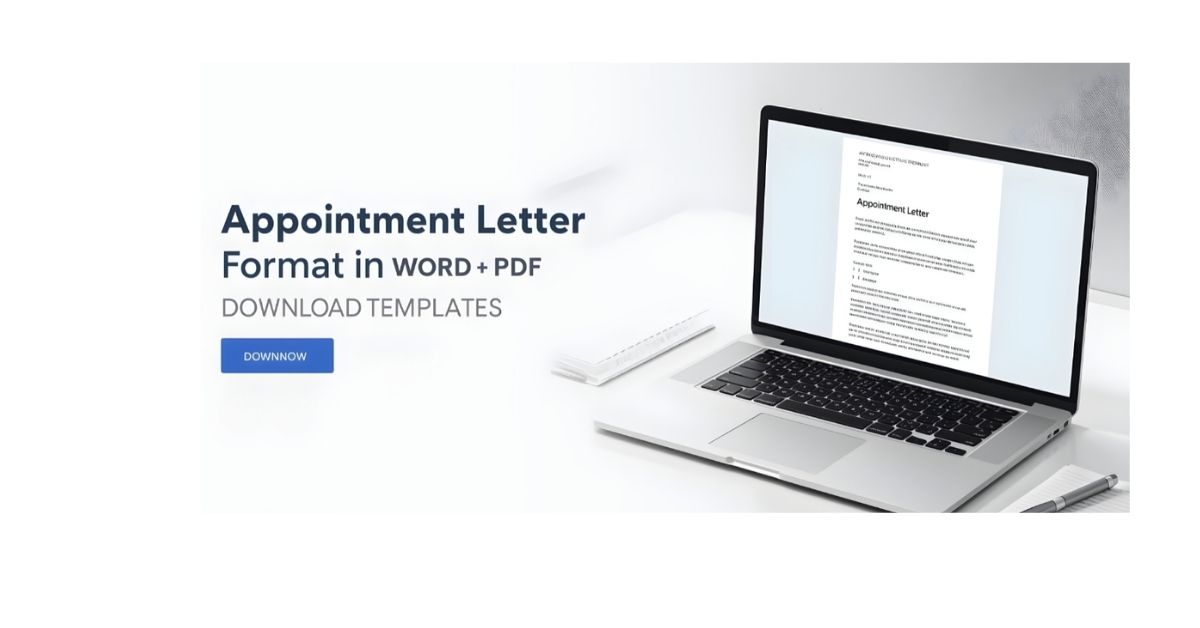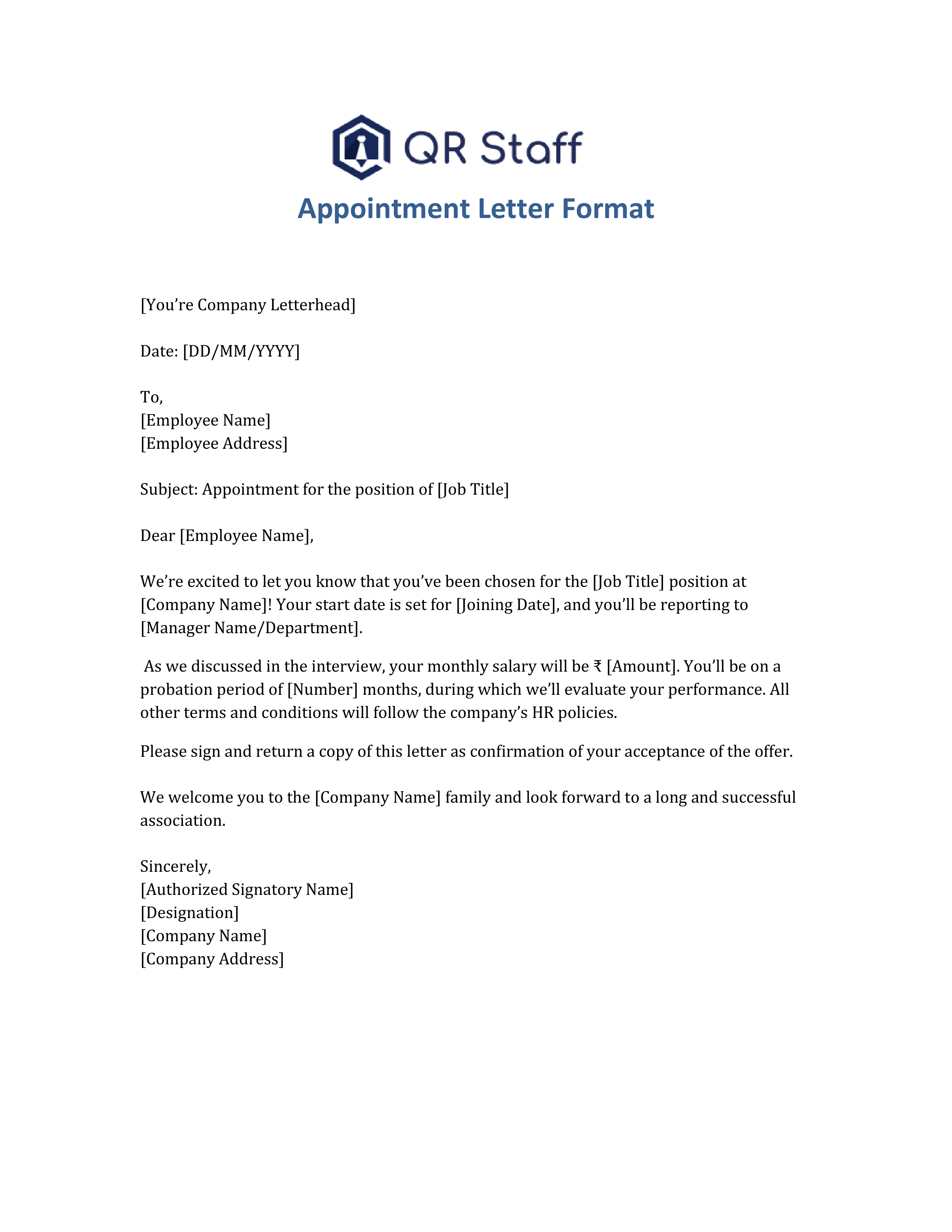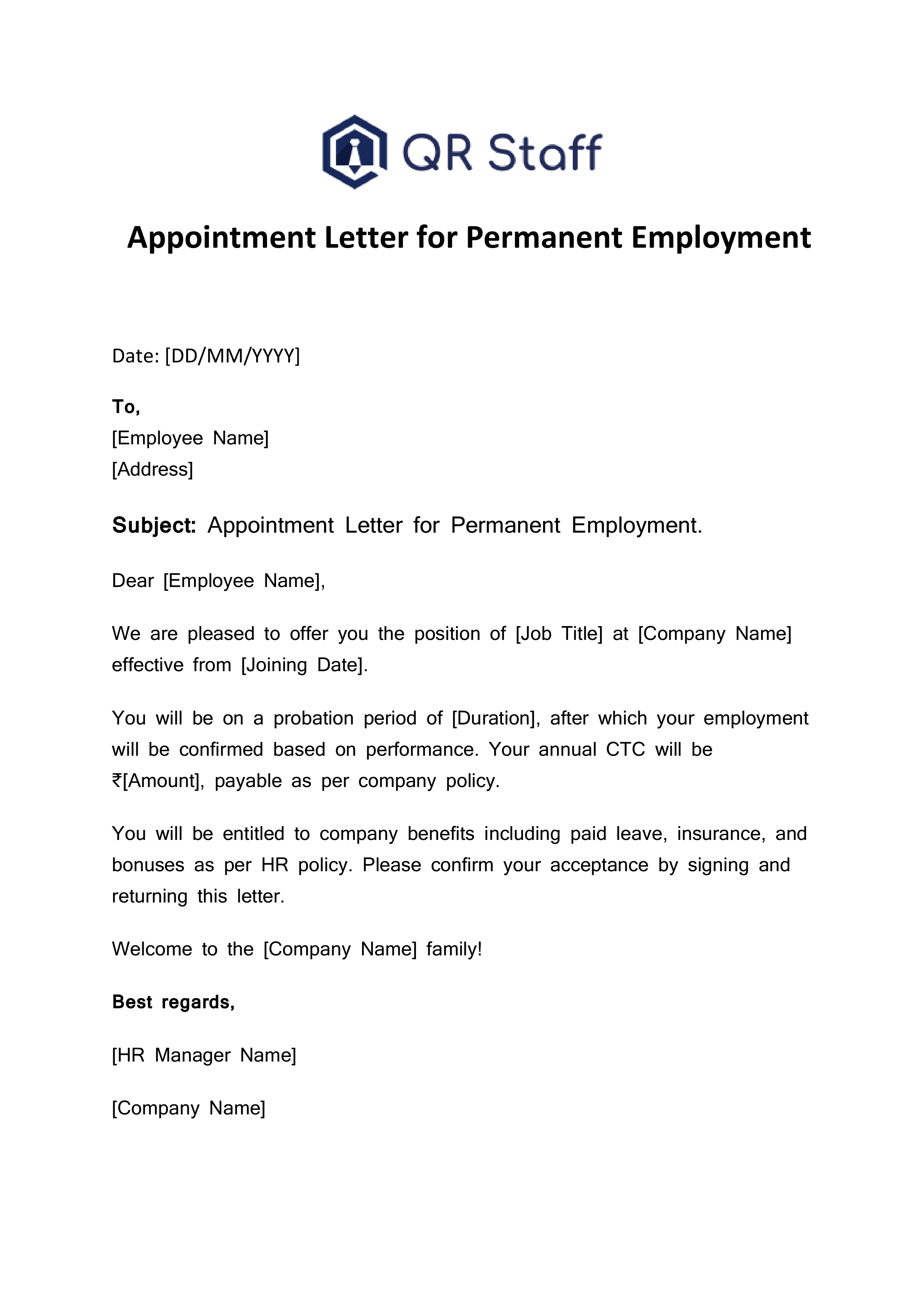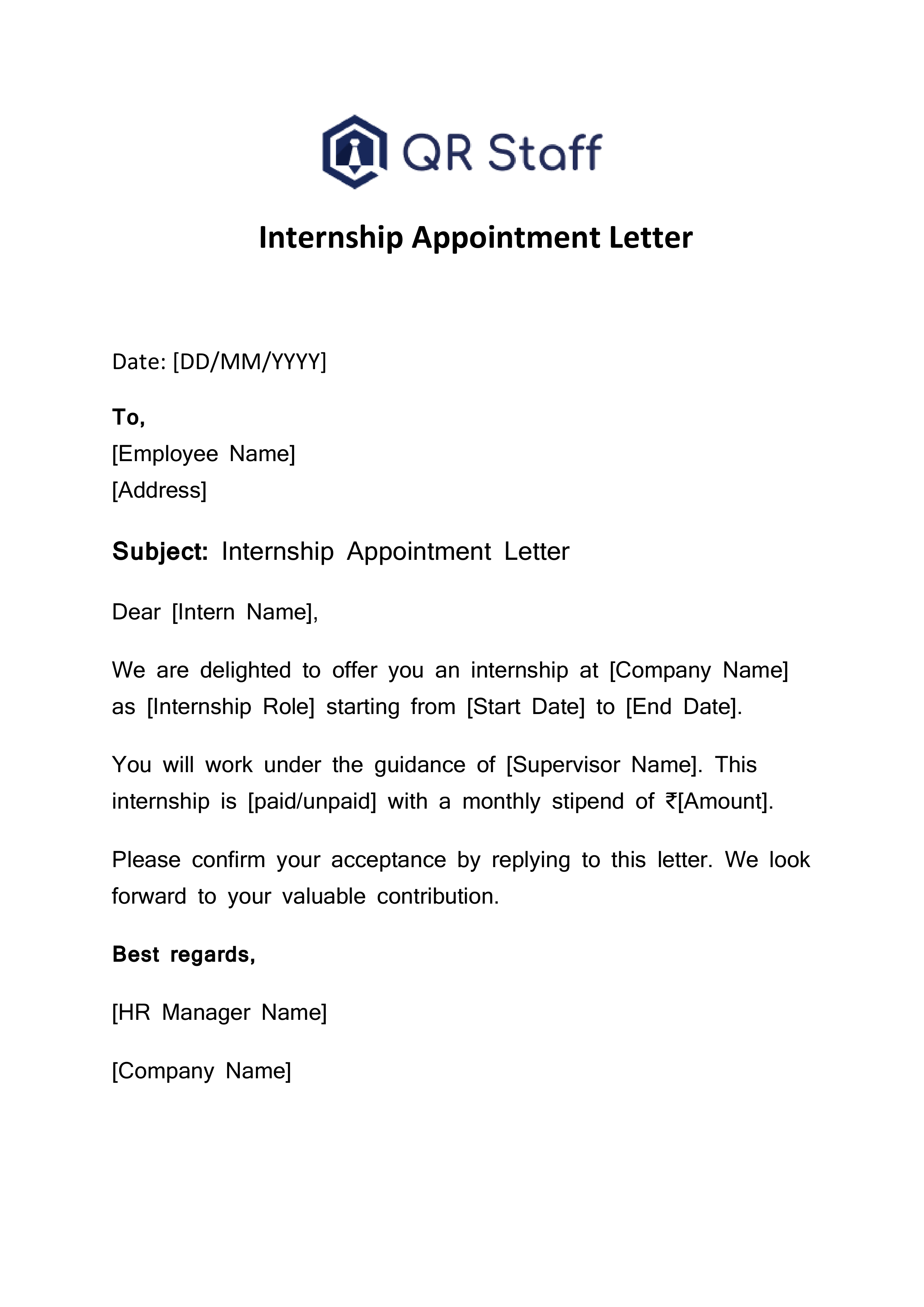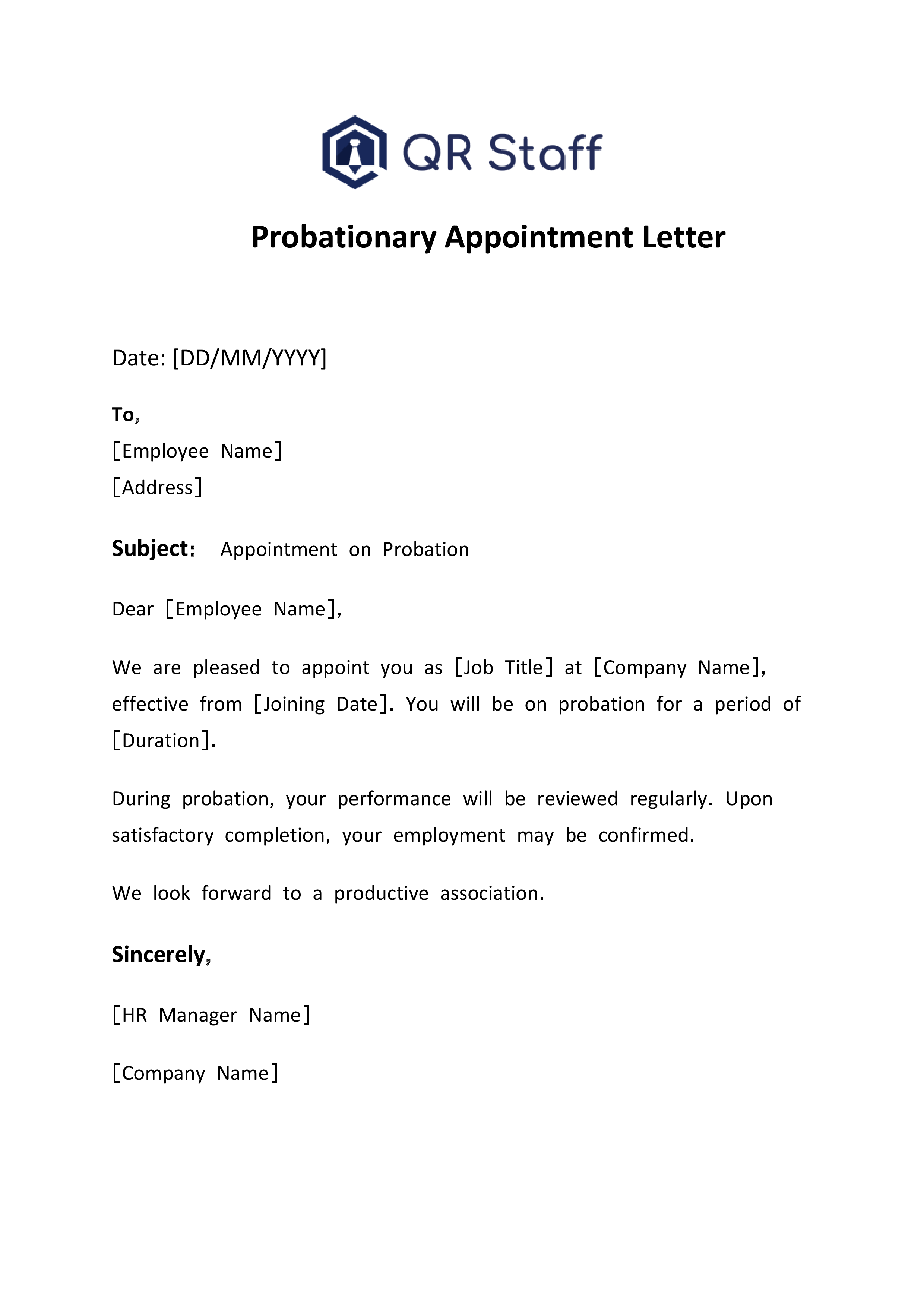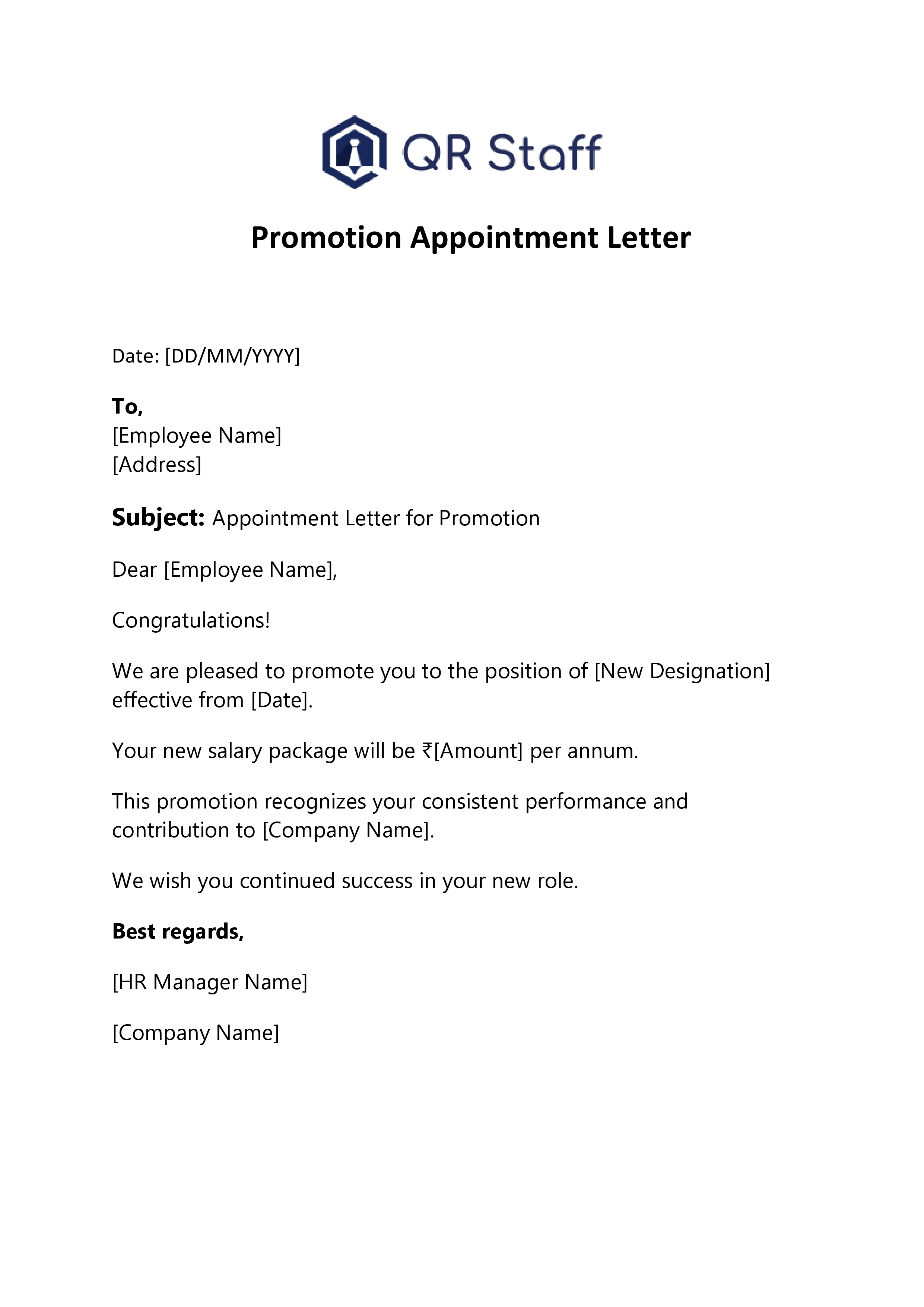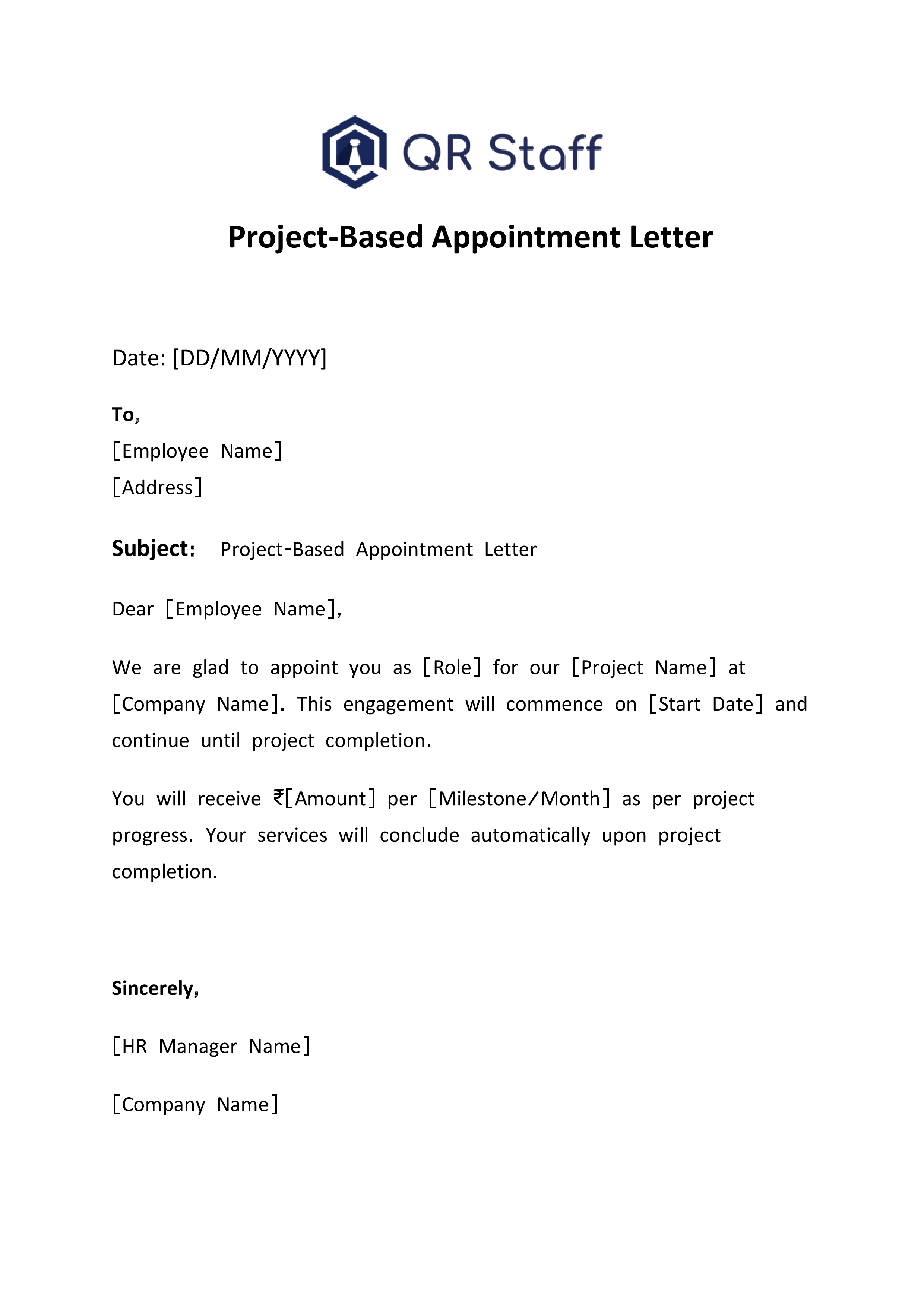An attendance sheet in Excel is one of the most convenient ways to track and manage the presence of workers or students within any given organization. It helps in maintaining the record of working days, absences, and leaves of the employees without any expensive software. Using Excel, businesses can create structured formats of attendance and automatically calculate the total number of days using Excel formulas. Whether you operate a small office, school, or shop, an Excel attendance sheet offers a quick and cost-effective method to maintain your records efficiently. This blog will help you learn how you can create your attendance sheet in Excel, apply formulas, and even download a free editable attendance template for use.
What is an Attendance Sheet in Excel?
A sheet for attendance in Excel is a digital record of attendance data organized in tabular form. It generally consists of columns like employee name, date, and attendance status: P stands for Present, A for Absent, L for Leave. Excel sheets allow an organization to maintain daily, weekly, or monthly records in one file. You can design customized Excel sheets based on your needs for any number of employees or students using the flexibility of Excel. Due to the simplicity, availability, and efficiency of manual data entry and speedy analysis, this tool finds wide applicability in offices, schools, and small-scale organizations.
Why Use Excel for Attendance Management?
Using Excel in attendance management saves SMBs and other organizations from investing in expensive software. Excel offers all the functionalities required to handle attendance effectively, such as tables, formatting options, and formula automation. It enables an HR department to calculate the total working days, track leaves, and generate reports with just a few clicks. Other benefits include accessibility offline, and you can work on your attendance sheet without the internet. The positive feature of Excel is that it is highly customizable toward different industries and types of attendance.
Key Features of an Effective Attendance Sheet in Excel
1. Clear and Organized Layout
An effective attendance sheet should have a clean and well-structured layout with clear labeling of rows and columns. It should have the names, dates, and status concerning attendance, such as Present, Absent, or Leave, which must be legible to read and fill out easily. Consistency in formatting, color usage, and gridlines enhances visibility and accuracy of recording without confusion.
2. Automated Date Insertion
With a professional Excel attendance sheet, the dates of the selected month should appear automatically. This saves time and avoids manual errors. You can use Excel formulas such as =DATE(YEAR, MONTH, DAY) or functions like TEXT and SEQUENCE to generate date columns automatically for each month.
3. Status Marking System
Instead of writing “Present” or “Absent” every time, a dropdown or code-based marking system will expedite the data entry and make it uniform. You could consider using P for Present, A for Absent, L for Leave, and H for Half Day. Apply conditional formatting such that entries come in different colors, automatically painting a picture of the attendance pattern.
4. Attendance Formula Intrinsic
An effective Excel sheet would have formulas for calculating the total presents, absences, and leaves for an employee or a student automatically. For example, by writing formulas such as:
=COUNTIF(range, “P”)
=COUNTIF(range, “A”)
Helps track attendance automatically without any need to count it manually; this saves time and avoids human errors.
5. Monthly Summary and Total Section of the attendance sheet in Excel
The summary section, at the end of each row or sheet, will quickly tell you the total number of working days, days present, and percentage attendance. This is important for performance evaluation, salary calculation, and tracking on an academic level. It’s easy to get a monthly report from here or analyze punctuality trends.
6. Data Validation and Error Control
Excel’s Data Validation feature helps maintain data accuracy by allowing only predefined entries, such as “P,” “A,” or “L.” It prevents mistakes during data entry and allows the records to be uniform. It is one of the most important features in keeping data clean and professional in managing attendance.
7. Conditional Formatting for Visual Insights
You can use Conditional Formatting to automatically highlight weekends, holidays, or attendance issues. For instance, absences can appear in red and weekends in gray. This makes it easier to notice certain patterns, such as frequent absences or late marks, to make better decisions.
8. Holiday and Weekend Marking
An effective attendance sheet would automatically exclude weekends and public holidays from the total working days. You can apply Excel formulas like =WEEKDAY() to find out the weekends and highlight them automatically for accuracy in the calculation of the attendance percentage.
9. Employee or Student Information Section
Key details such as Name, ID, Department/Class, Designation, or Contact Information should be included in every attendance sheet. This makes the file look more organized; it also helps HR or teachers quickly identify individuals when it comes to making reports or summaries.
10. Easy Report Generation and Printable Format
A good Excel attendance sheet should be designed for easy reporting and sharing. Applying the “Page Layout” options in Excel ensures that the sheet fits nicely on a page, with clear headers and totals. You can also use filters and pivot tables to generate department-wise or month-wise attendance summaries.
11. Password Protection and Data Security
Since the data includes attendance information, the Excel file should have password protection to prevent unauthorized users from modifying entries. The “Protect Sheet” feature in Excel makes sure that data is not manipulated, particularly in a workplace or academic setting.
12. Integration with payroll or performance evaluation
For a business, an ideal Excel attendance sheet can be connected with payroll calculation sheets. You can calculate salary deductions or overtime as per attendance using formulas. This integration actually makes Excel a simple yet powerful HR tool.
How to Create an Attendance Sheet in Excel (Step-by-Step Guide)
Properly done, creating an attendance sheet in Excel is an easy and powerful activity. It will enable you to track attendance efficiently, analyze patterns, and even integrate this with payroll or performance systems. Follow these step-by-step instructions that help you create a professional attendance tracker, accurate yet easy to maintain.
Step 1: Create Basic Layout
Open a new Excel workbook and create the basic structure. Create space for mentioning the month and year of attendance in the first few rows. After that, create headers like “Employee Name,” “Employee ID,” “Department,” and “Dates (1–31).” It will look like the skeleton of your sheet. Make sure all headers are well-aligned and formatted so that it will keep the data entry neat and clean. You should use bold texts and light background shading for the header for better readability.
Step 2: Add Employee Names and Departments
First, write all the employees or students’ names in the first column. The Employee ID, designation, or department name may be specified alongside the names of all employees for filtering and analyzing attendance based on teams or departments later on. This section should be neat and clean to let the HR manager, teacher, or supervisor identify each one quickly and easily. If you operate multiple departments, color-coding each group can help visually differentiate them on the same sheet.
Step 3: Define Attendance Codes
Define simple, standardized codes that make your attendance sheet efficient and easy to use. Common examples include “P” for Present, “A” for Absent, “L” for Leave, “H” for Holiday, and “HD” for Half Day. These short forms not only save time during data entry but also maintain consistency across the entire record. You can also create a small reference key or legend at the top or bottom of the sheet to avoid mistakes. This is helpful to ensure that everyone who enters data uses the same code correctly.
Step 4: Mark Daily Attendance
Once you have set up the structure and codes, start recording daily attendance across date columns. Just type in the respective code, such as P or A or L, for each employee or student. For big teams, you can use Excel’s Data Validation feature to set dropdown lists containing the predefined codes. This makes attendance marking faster and helps eliminate typing errors. For better visibility, you are also able to apply Conditional Formatting to color each code automatically, for example, green for P, red for A, yellow for L. In such a way, you will be able to observe attendance trends at one glance.
Step 5: Add formulas to automate calculations
In order to make your attendance sheet smarter, use Excel formulas that automatically calculate totals. You can use:
=COUNTIF(range, “P”) to count total presents
=COUNTIF(range, “A”) to count total absences
=COUNTIF(range, “L”) – calculates total leaves
These formulas can be applied to each row to calculate the attendance of every employee. Automating the calculations not only saves time but also eliminates manual counting errors. You can even add formulas to calculate the attendance percentage by dividing the total present by total working days, helping you analyze punctuality and reliability in an instant.
Step 6: Format and Protect Your Sheet
Now, in the last step, make your attendance sheet professional and secure. Use borders, alternate row shading, and bold to make the sheet visually clean and easily readable. Color weekends or holidays in a different color so that it may not get mixed up during attendance marking. Once you’re done setting up formulas and formatting, protect your Excel sheet using the “Protect Sheet” option under the Review tab. This ensures your formulas and structure remain intact, plus users are able to mark attendance without accidentally altering critical data.
Bonus Tip: Create a Monthly Summary Sheet For better analysis, create a separate summary sheet that automatically pulls attendance information from all employees. This can show total working days, number of leaves, and attendance percentages for the entire month. Visualization through Excel features like Pivot Tables or Charts will show attendance performance across teams or time periods. It makes reporting easier and helps in payroll processing and performance evaluations.
Benefits of Using an Attendance Sheet in Excel
Excel remains one of the most widely used tools for tracking attendance across businesses, schools, and organizations. It’s simple to use, flexible in customization, and powerful enough to handle both small and large datasets. Let’s explore the major benefits of using Excel for attendance management in 2025.
1. Easy to Create and Customize
One of the biggest advantages of Excel is its flexibility. You can create a basic attendance sheet within minutes or customize it with advanced formulas, dropdown lists, and conditional formatting. Whether you’re managing a small team of 10 people or a company of 200 employees, Excel easily adapts to your needs. You can also adjust the layout, colors, and formats to suit your organization’s style or reporting requirements.
2. Low-Cost Solution
Excel is an economical and readily available tool for almost all companies. You will not need to spend money on HR management software or attendance management systems in the beginning. You can automate Excel for efficient attendance tracking with just a few formulas and some formatting tools. In small businesses, startups, and educational institutions, Excel maintains records in a simple yet professional manner.
3. Correct and error-free calculations
When applied appropriately, Excel reduces manual errors. For example, the COUNTIF, SUM, and AVERAGE functions update totals and averages automatically to ensure that each record is accurate. Instead of manually counting presents and absences, you can trust in formulas that self-update the moment new data is put in. The accuracy, in this case, pays off when doing payroll processing or working with academic grading systems.
4. Easy Data Analysis and Reporting
Excel can make analysis of attendance data very easy with features such as Pivot Tables, Charts, and Filters. You can instantly identify attendance trends, frequent absentees, or departments with low participation. Visual reports are also generated for presentation or review purposes with HR. Examples include monthly or yearly attendance charts to track performance over time and improve team management decisions.
5. Time-Saving through Automation
With Excel’s automation features, managing attendance can be much faster. Once formulas, dropdowns, and formatting have been set up, you simply need to enter daily codes. Totals and summaries are generated without extra work. This saves not only time for HR professionals or teachers but also guarantees that records will always be up-to-date. In a busy office or classroom, these automated functions make a big difference.
6. Supports integration with payroll systems
Attendance sheets in Excel can be directly linked with payroll calculation sheets through formulas or simple lookups. Salaries, overtime, and leaves can be calculated automatically with deductions based on attendance. In this way, it simplifies payroll management, ensuring that payroll processing every month is fair and accurate. This easy linking of attendance with salary management is the reason why many organizations still rely on Excel.
7. Easy to share and access
These Excel files can easily be circulated via email, cloud storage, or shared drives like Google Drive and OneDrive. This will enable managers, HR personnel, or team leaders to view the attendance sheet at any time and from anywhere. You can also use password protection to maintain confidentiality while enabling multiple users to view or update attendance safely. That’s why Excel is widely used for both offline and online attendance tracking.
8. Does not require access to an Internet connection.
Unlike many modern attendance systems that depend on an active internet connection, Excel works completely offline. You can even record and store the attendance data when there is no network available. This is a huge advantage in many small offices, schools, or remote worksites where access to the internet is limited. Later, it can be uploaded or shared with ease once connected to the internet for reporting.
9. Highly Compatible and Exportable
In addition, Excel is very compatible with other software tools and file formats. You can export this attendance data to PDF, Word, or CSV for reporting purposes or import it into accounting and HR management software. This flexibility
makes the Excel attendance sheet a universal format across many organizational objectives: from audits to employee evaluations.
10. Easy Backup and Record Keeping
Maintaining old attendance data in Excel is pretty easy: you can save sheets for months or years as separate files for long-term storage. With cloud storage, your attendance data is safe and accessible even if your device is lost or damaged. The ease of backup makes Excel a trustworthy solution in terms of maintaining attendance history efficiently.
Common Mistakes to Avoid While Creating an Attendance Sheet in Excel
While Excel is a strong and flexible tool in managing attendance, even minimal errors can cause incorrect records or data loss. Most users fail to recognize these frequent mistakes that lead to payroll, performance reviews, and general reporting issues. Let’s take a look at the most common mistakes people make-and how you can avoid them for a more reliable and professional attendance system.
1. Not Freezing Header Rows
It is also very easy to overlook freezing the header in Excel. As one scrolls down a large sheet, the header-for example, “Name,” “Date,” and “Status”-is lost, and the user has no idea which column represents what. Apply the Excel “Freeze Panes” option to lock the header row in place. This minor step will greatly contribute to smooth navigation, especially when managing attendance for a big team or school.
2. Using Inconsistent Attendance Codes
Inconsistency in the application of attendance codes-that is, some employees are recorded with the code “P” and others with “Present”-leads to erroneous formulas and totals. Pre-determine what your codes will be and use them consistently. You can include a key on your sheet to indicate what each code means (e.g., “P = Present”, “A = Absent”, “L = Leave”). That way, everyone interpreting the data will know exactly what each entry means, and the same entries will be recorded consistently to accurately calculate totals.
3. Entering Dates Manually
Manually typing dates for all columns is very cumbersome and prone to errors. For instance, many users never use Excel’s built-in date functions that could autofill the dates for an entire month. Rather than typing, you can use a formula like
=DATE(Year, Month, Day) or Excel’s SEQUENCE function to auto fill all days of the month. This ensures accuracy and helps the sheet to adapt easily when one switches months.
4. Forgetting to Protect Formula Cells
If your attendance sheet contains formulas for counting totals or percentages, those cells should be protected. A simple accidental edit can break the whole calculation. Use the “Protect Sheet” feature and allow editing only in attendance entry areas. This step ensures that your formulas and structure remain safe, even if multiple people handle the same file.
5. Without Conditional Formatting
Without color-coded visual cues, attendance sheets can appear dull and confusing. Conditional formatting enhances not only readability but also the ability to pinpoint attendance issues immediately. For example, absences can be highlighted in red, leaves in yellow, and presents in green. Omitting this feature makes it more cumbersome to analyze attendance trends visually and may delay reporting.
6. Not Accounting for Weekends and Holidays
Many beginners often forget to exclude weekends or holidays from the total working days, leading to the wrong attendance percentage. To resolve this, automatically mark the weekends using Excel’s =WEEKDAY() formula and highlight public holidays in a different color manually. This ensures only actual working days are counted in your final attendance summary.
7. Not Creating Monthly Backups
Another common mistake is updating the same Excel sheet every month without saving a separate copy. This increases the risk of overwriting or losing old data. Always save attendance sheets with a specific month and year in the filename, such as “Attendance_January_2025.xlsx.” This simple habit helps maintain an organized attendance record for auditing and future reference.
8. Not Validating Data
Data validation is arguably one of the most underutilized Excel tools. Without data validation, one might be getting incorrect or misspelled codes for attendance, hence some form of inconsistency. Once the data validation feature is turned on, only specific inputs, such as “P,” “A,” or “L,” become possible. This eliminates typos and keeps your sheet clean and standardized when handled by a host of different users.
9. Not Using Summary or Dashboard Views
Some people do attendance tracking but do not create a summary or dashboard to analyze performance. A summary section showing the total present, absences, and attendance percentage gives a great insight into employee reliability and punctuality. You can even plot charts or graphs for quick visual summaries of your data. Neglecting this step limits the usefulness of your attendance sheet.
10. Failure to securely back up your data
Attendance sheets contain sensitive employee or student data, and losing them can create serious issues. Always save your Excel files on a secure cloud platform like Google Drive or OneDrive. This ensures that your data is backed up and accessible anytime. Moreover, password-protect your work to restrict unauthorized access and safeguard private records.
11. Not Updating the Sheet Regularly
Even the best-designed attendance sheet is ineffective if not updated daily. Delaying updates can cause confusion or missing entries. Make it a practice to record attendance every working day, ideally at the start or end of the shift. This builds consistency and ensures that your attendance data remains accurate and up to date at all times.
Best Excel Formulas for Attendance Calculation
Formulas make Excel a powerful tool for automating attendance calculations. Here are some useful ones:
- To Count Present Days:
=COUNTIF(B2:AF2,”P”)
This formula counts the number of days marked as “P” in a row. - To Count Absences:
=COUNTIF(B2:AF2,”A”)
This helps HR calculate total absent days instantly. - To Count Leaves:
=COUNTIF(B2:AF2,”L”)
It automatically calculates the number of leave days in a month. - To Calculate Total Working Days:
=COUNTIF(B2:AF2,”P”)+COUNTIF(B2:AF2,”L”)
This sums up all present and leave days to show total working days.
By using these formulas, you can create a fully automated attendance tracker that eliminates manual counting errors and saves valuable time.
Monthly Attendance Sheet Format
A monthly attendance sheet in Excel is perfect for offices, schools, or shops that want to track attendance over a 30- or 31-day period. In this format, each row represents an employee, and each column represents a day. At the end of the month, you can include columns for total present, absent, and leave days. Conditional formatting can make the sheet more visual-for example, highlighting absences in red and presents in green. Monthly sheets provide a clear picture of overall attendance performance and help in salary or performance reviews.
Sample of Monthly Attendance Sheet

Weekly Attendance Sheet Format
A weekly format is most suitable for a small team, schools, or part-time employees. Instead of 31 dates, it focuses on a 7-day cycle. This ensures it would be easier to manage attendance within shorter periods or specific shifts. Weekly sheets can include columns that monitor week numbers, daily attendance, and total weekly presence. They are especially helpful for project-based or contractual employees where work schedules vary frequently. You can also add the weekly record to the monthly master sheet for long-term tracking.
Sample of Weekly Attendance Sheet
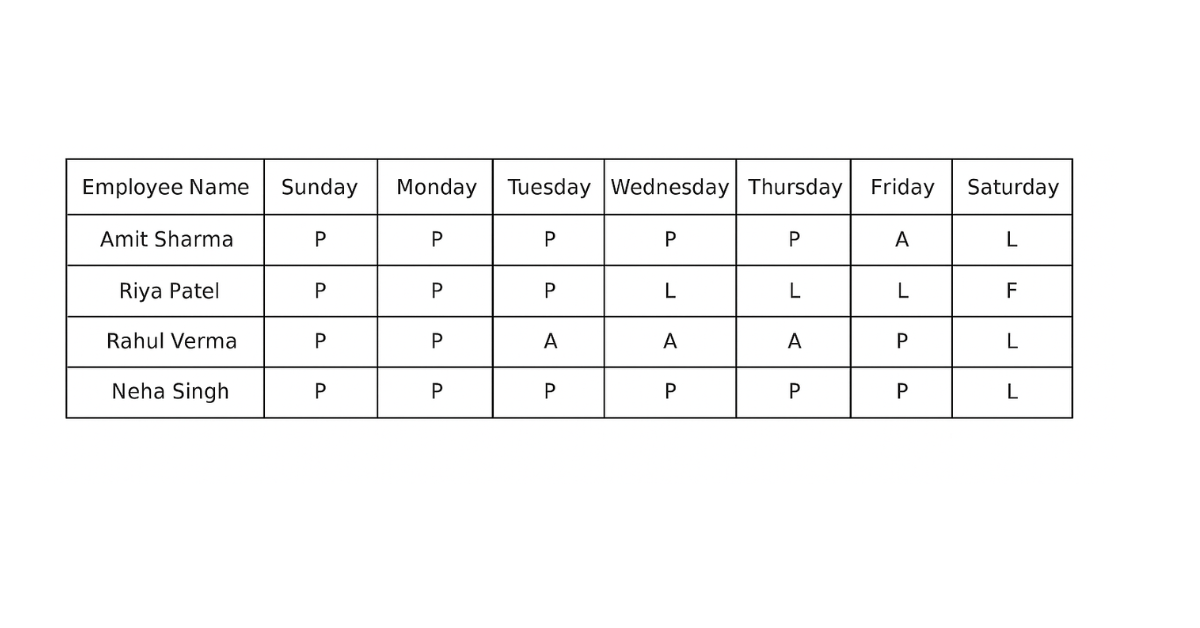
How to Add Automatic Attendance Percentage in Excel
Adding attendance percentage makes your sheet more professional and analytical. You can use this formula:
=(Total Present Days / Total Working Days) * 100 This formula calculates the attendance rate of each employee for the month. Displaying it as percentages makes it easier for the managers to spot employees who are punctual or those who have frequent absences. You may also add conditional formatting that will highlight attendance below a certain percentage, say, marking below 75% in red. This will add more value to your Excel attendance sheet.
Download Free Template of Attendance Sheet in Excel
Attendance Sheet in Excel
To make attendance management even simpler, we’ve prepared a free downloadable attendance sheet in Excel with pre-built formulas and formatting. You can easily add employee names, mark their attendance daily, and watch totals calculate automatically. The template includes a monthly structure, total counts, and a percentage calculator.
Download Free Excel Template Here
Save time and avoid setup errors with this ready-to-use file. It’s ideal for small offices, schools, shops, and freelancers looking for a simple attendance solution.
How To Download the Experience Certificate Format in Word
If you’re looking for a ready-to-use document to verify an employee’s work history, check out our detailed guide on Experience Certificate Format in Word.
It includes a free editable template along with professional writing tips to help you create a polished and authentic experience certificate. This format can be customized for any organization — whether it’s a school, company, or institute — ensuring a professional presentation every time.
QR Staff: The Smarter Way of Managing Attendance
While Excel sheets are excellent for basic tracking, they nevertheless depend upon manual updates. For any business of modern times, automation is the key word toward saving time and accuracy. QR Staff offers a better alternative with its QR code-based staff attendance and payroll management system. It automatically records attendance, calculates the total working days, and generates salary reports-all within a single app. QR Staff allows you to avoid manual errors, track real-time data, and access reports anytime, from anywhere.
For a small business, field staff, or even a startup, QR Staff takes away all hassles in attendance and payroll management. Secure, affordable, and paperless, it streamlines your task of staff tracking like never before. Make the switch from Excel to QR Staff today and unleash the full power of automated attendance management.
Conclusion
An Excel attendance sheet is a trusted and cost-effective method for maintaining attendance records. It helps small businesses, schools, and organizations keep everything in order without the need to buy any complicated software. However, when teams grow and the data increases, using Excel can be more difficult to manage manually. That’s where it’s really beneficial to switch over to modern tools such as QR Staff. With digitization, an organization will save time and increase productivity by assuring complete accuracy in attendance and payroll management.
Frequently Asked Questions (FAQs)
1. What is an attendance sheet in Excel?
An attendance sheet is a record used to note the presence or absence of workers, students, or participants each day. It helps an organization monitor working hours, punctuality, and productivity. The sheet usually includes columns for names, dates, and status, such as Present, Absent, or Leave. Businesses and schools often use it to maintain accurate records of attendance for salary or performance purposes.
2. How to generate an attendance sheet in Excel?
To create an attendance sheet, list down all the names of employees or students vertically and dates across the top. Then, fill in with the specific symbols for each employee’s or student’s daily attendance: “P” for present or “A” for absent. You can do it manually in Excel, Google Sheets, or Word, or use a ready-to-use Excel attendance template that you can easily download and customize to fit your team or class needs.
3. What is an attendance sheet in Excel format with a formula?
An Excel attendance sheet with a formula is the intelligent version of a manual attendance register. It relies on Excel functions, such as COUNTIF() or IF(), to calculate totals for presents and absences, as well as the attendance percentage. In this way, the process of attendance record-keeping becomes fast, efficient, and not subject to error. You can download a free attendance sheet in Excel with pre-set formulas and simply fill in daily records to get instant results.
4. How can I create an attendance sheet in Excel?
You can easily create an attendance sheet in Excel by adding columns for names, dates, and attendance status. Add Excel formulas like =COUNTIF() in order to calculate the number of present or absent days. If you want to save time, download our free Excel attendance sheet template ready to use.
5. Is there a better alternative to attendance sheets in Excel?
Yes. Instead of manually managing data, you can move towards the QR Staff smart attendance management app that uses QR codes for instant check-in/out tracking. It saves hours by automatically calculating attendance, overtime, and payroll. You should check out QR Staff for a smooth, paperless attendance experience.
